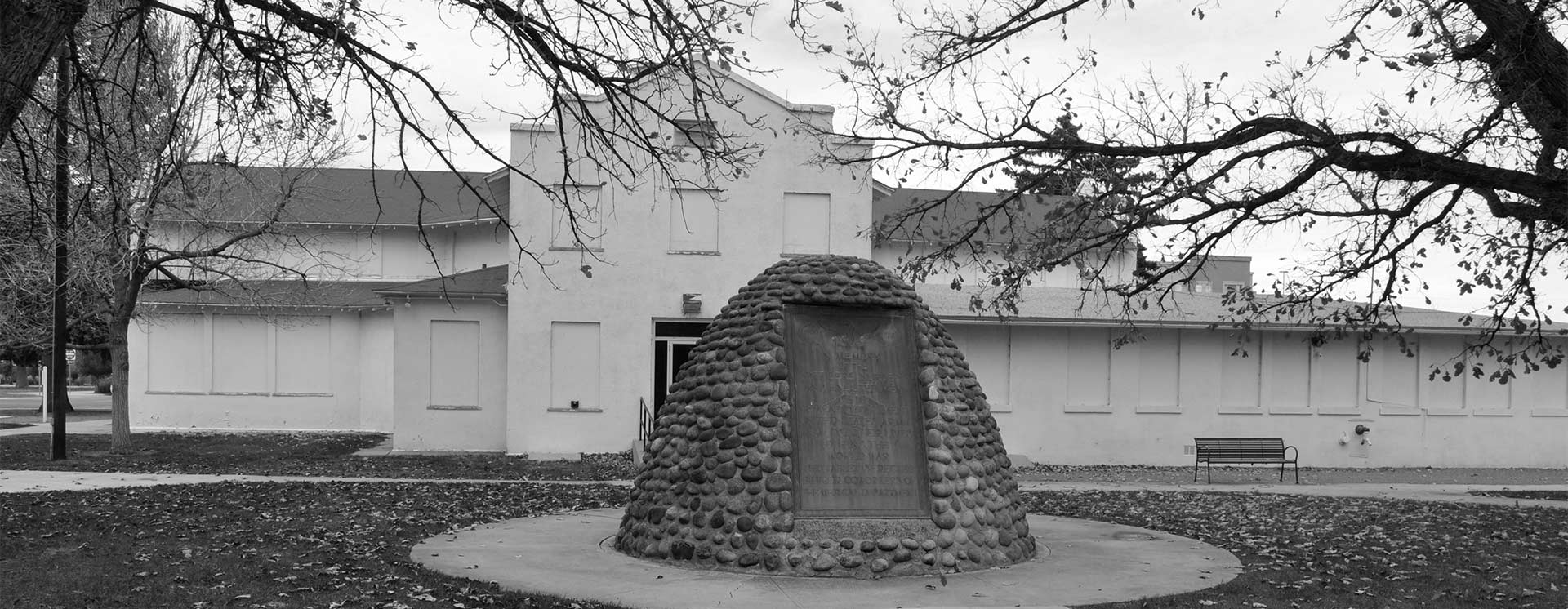
World War One Sites - The NETWORLD Database
Bridgehead Krems, base Göttweiger Mountain, Lower Austria, Austria
In the area of the Göttweig defence point within the Bridgehead Krems defence system, remains such as stone walls, parts of trenches, communication passages, stone steps, trails and inscriptions can still be found. The Göttweig defence point of the Bridgehead Krems defence system is well-preserved, and from here the defence systems on the Predigtstuhl and the East and West Göttweig defence points can also be seen.
Austria, Lower Austria
Type of WWI-heritage
- Trench-system
- Military Fortification
Dimensions
The Bridgehead Krems defence system covers several districts in the environs of the City of Krems. The Göttweiger Berg defence point of Bridgehead Krems is situated on the hill behind Stift Göttweig.
State of repair/preservation
The Göttweig defence point within the Bridgehead Krems defence system is still well-preserved. It has been reconstructed and is supervised by the Verschönerungsverein Furth bei Göttweig and the Lower Austrian Military Historic Association. Currently extensive documentation of the system is taking place, supported by subsidies provided by the Federal Heritage Authority.
Historical WWI Context
After Kaiser Franz Joseph I. gave his assent, the construction of five bridgeheads (Krems, Tulln, Wien, Preßburg, Komorn/Budapest) was initiated on 22 August 1914. These were intended to protect the specific Danube crossings from enemy attacks and make possible the safe transfer of large bodies of troops across the river.
The Krems bridgehead was constructed as a defence belt around two bridges across the Danube that were already in existence – the Mautern-Stein road bridge and the railway bridge. The bridgehead was intended to serve for defence against the Russian or Italian enemy in the case of war either of type “R” (Russian invasion) or “I” (Italian invasion). However, the defence belt was never completely constructed. In theory, the system would have been capable of accommodating 34,000 soldiers consisting of infantry, cavalry and heavy artillery. The intended artillery was however obsolete and originated partly from 1861.
The Krems bridgehead was subdivided into five sectors – I to III were situated to the north of the Danube and IV and V to the south of the river. Sector V was split into the defence points Göttweig, Waxenberg and Eggendorf/Fucha. Under supervision of the fortification lieutenant Alfred Sighartner, the Göttweig defence point was expanded in the area of the Göttweiger Mountain.
Recent Images
State of legal protection
The system is not under protection.
Owner
Göttweiger Berg is property of Monastery Göttweig.
Kind of cultural use of WWI
Supervised tours are possible for groups of five people or more. Please register (at least one week before the desired date) with the Tourist Office of the City of Furth near Göttweig: Tel. +43/2732/84622-15.
The tours are conducted by voluntary guides, take approximately 1.5 hours and start at the car park in front of the Jugendhaus Monastery Göttweig.
Further information:
www.fvvf.at/1914/index.html
Opening
Further information:
www.fvvf.at/1914/index.html
Entrance Fee
Access to the area is free. Access at your own risk.
Information regarding cities, villages, other touristic attractions (non-WWI) nearby
Further information:
Wachau: http://wachau-urlaub.com/
Accomodation
Further information:
City of Krems: www.krems.info
City of Krems: www.krems.gv.at
Wachau: http://wachau-urlaub.com/
Public Transport
Further information:
ÖBB: www.oebb.at
City of Krems: www.krems.gv.at
Wachau: http://wachau-urlaub.com/
Further information sources
Publication:
Rudolf Hauptner, Der Brückenkopf Krems im Ersten Weltkrieg, in: Waldviertler Heimatbund (ed.), Das Waldviertel, Horn (1985).
Other heritage sites nearby
- Graves of honour at Krems cemetery, Lower Austria, Austria
- “War Nailing Gate” (town hall of the borough of Melk), Lower Austria, Austria
- Russian Orthodox chapel in Zagging, Lower Austria, Austria
- Commando building and main building of the POW camps in Valley Erlauftal: camp Wieselburg, camp Purgstall and station for captive officers Mühling in Lower Austria, Austria
- Memorial for Jewish soldiers of World War One and War memorial on the central cemetery of Vienna, Austria
- "Iron Soldier" (Wehrmann in Eisen), Vienna, Austria
- War monument and Amstetten “Iron Soldier”, Lower Austria, Austria
Museums Private Collections
Erzherzog-Franz-Ferdinand-Museum, Schloss Artstetten
Further information:
www.schloss-artstetten.at
Bridgehead Krems, base Göttweiger Mountain, Lower Austria, Austria
48.365408156263555 15.61395364573616 fileadmin/res/images/layout/standar-marker.pngLocation



